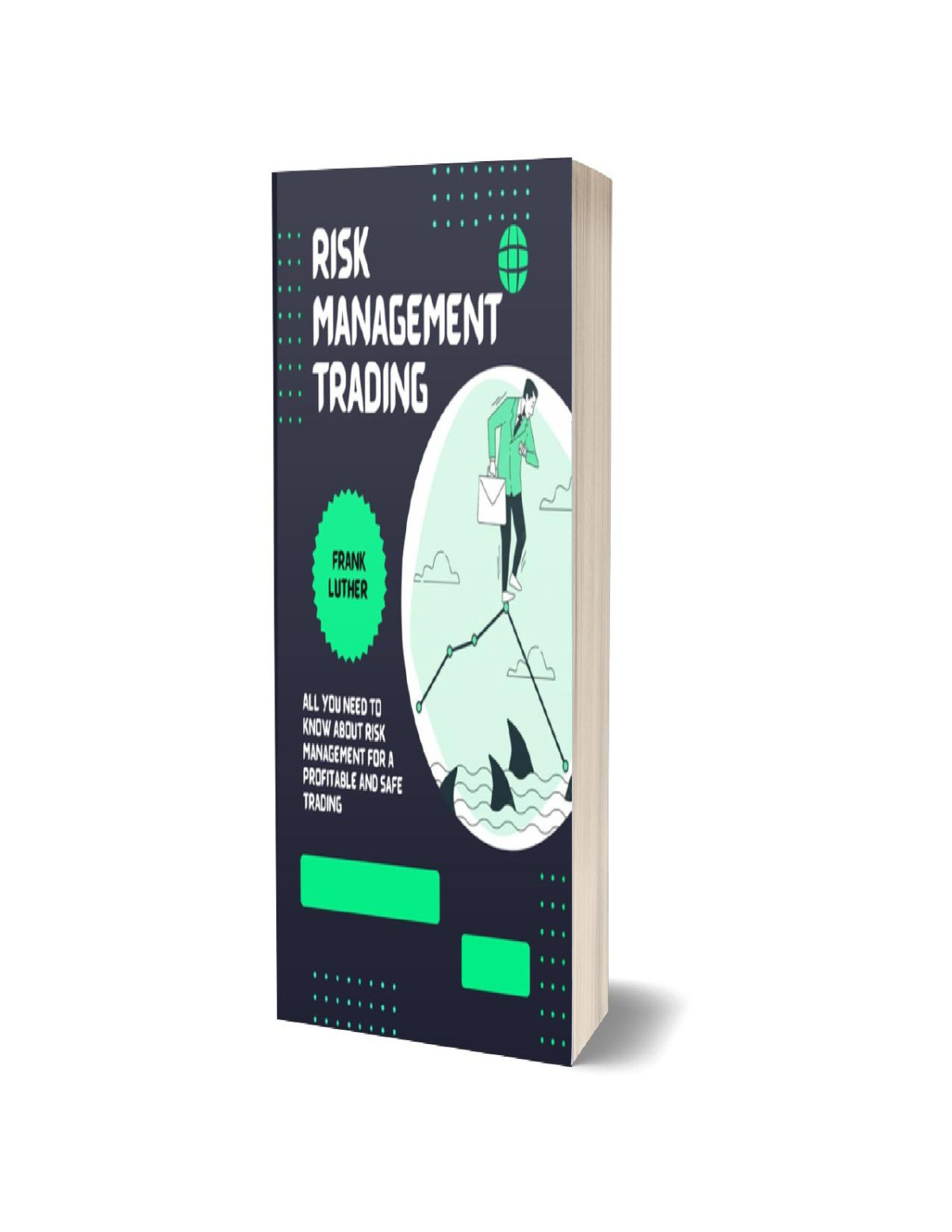

Most ebook files are in PDF format, so you can easily read them using various software such as Foxit Reader or directly on the Google Chrome browser.
Some ebook files are released by publishers in other formats such as .awz, .mobi, .epub, .fb2, etc. You may need to install specific software to read these formats on mobile/PC, such as Calibre.
Please read the tutorial at this link: https://ebookbell.com/faq
We offer FREE conversion to the popular formats you request; however, this may take some time. Therefore, right after payment, please email us, and we will try to provide the service as quickly as possible.
For some exceptional file formats or broken links (if any), please refrain from opening any disputes. Instead, email us first, and we will try to assist within a maximum of 6 hours.
EbookBell Team

4.0
26 reviews1. Risk identification: Traders must recognize any risks that may be present in their trading operations. Market risk (the risk of losses resulting from changes in market prices), credit risk (the risk of losses resulting from counterparty default), operational risk (the risk of losses resulting from mistakes or failures in trading systems or processes), and liquidity risk are some prevalent risks. (the risk of losses due to an inability to buy or sell assets at desired prices).
2. Risk evaluation: After identifying possible risks, traders must evaluate the likelihood and potential severity of each risk. In order to determine the potential effect of each risk on trading activities, it is necessary to analyze historical data, market conditions, and other pertinent factors.
3. Risk Mitigation: Traders can employ a range of risk-mitigation techniques. For instance, they might diversify their portfolios (to lower concentration risk) or use stop-loss orders. They might also use hedging strategies, such as purchasing and selling correlated assets, to lessen their exposure to market risk. (to limit potential losses).
4. Risk monitoring: In order to make sure that their risk mitigation methods continue to work, traders must continuously keep an eye on their trading activities. To spot possible risks and make necessary trading strategy adjustments, this necessitates routinely reviewing performance data, market conditions, and other pertinent factors.
The ability to effectively control risk is crucial for trading success. Traders can protect themselves from
…